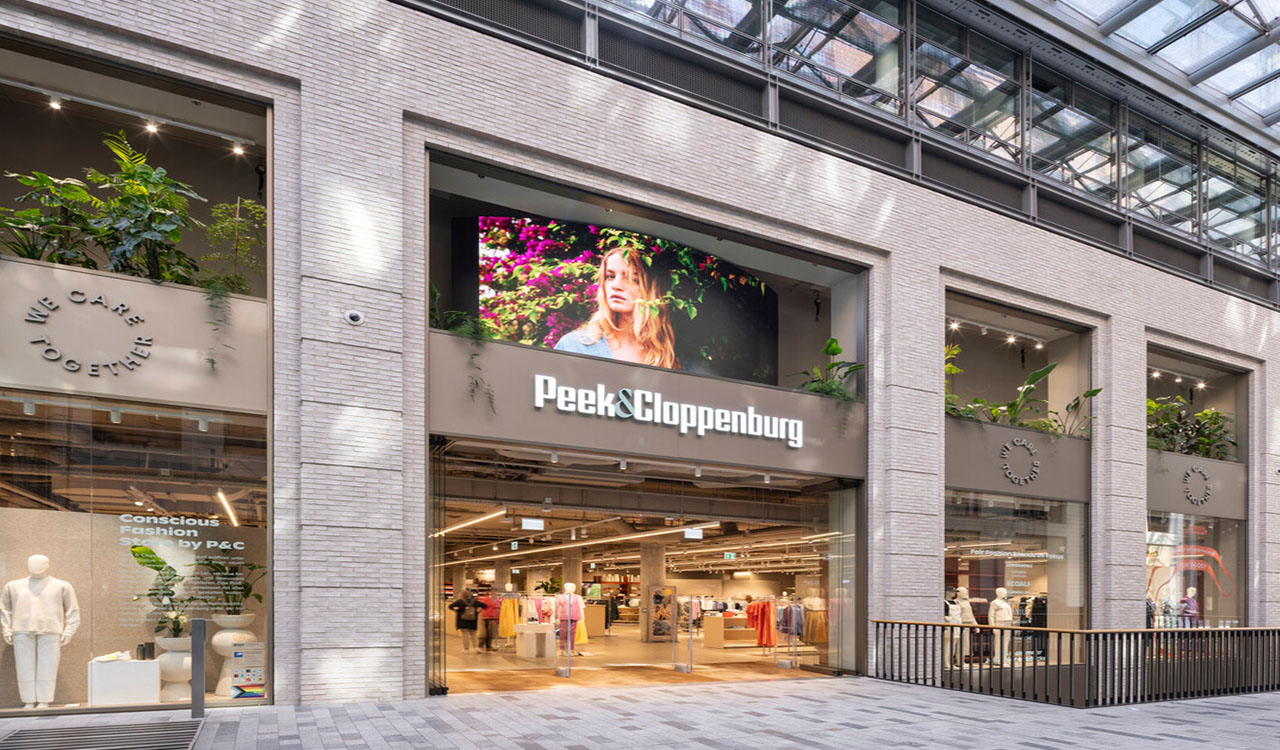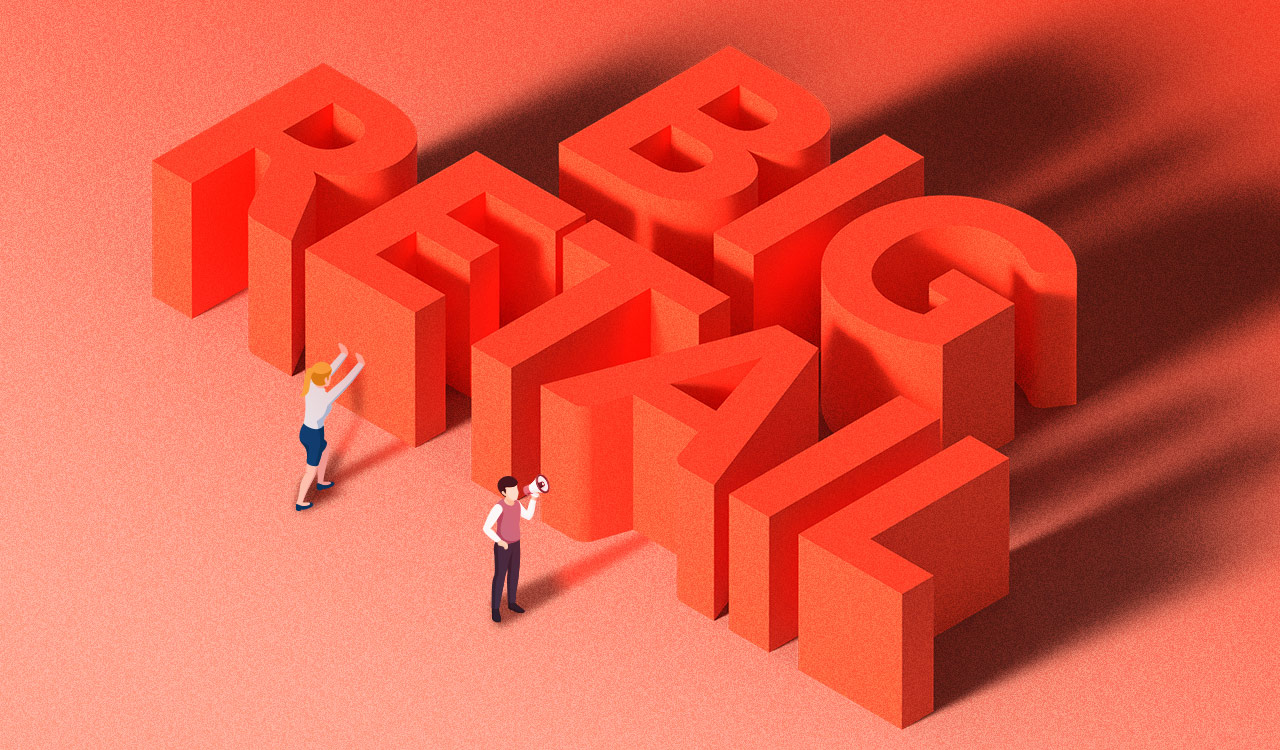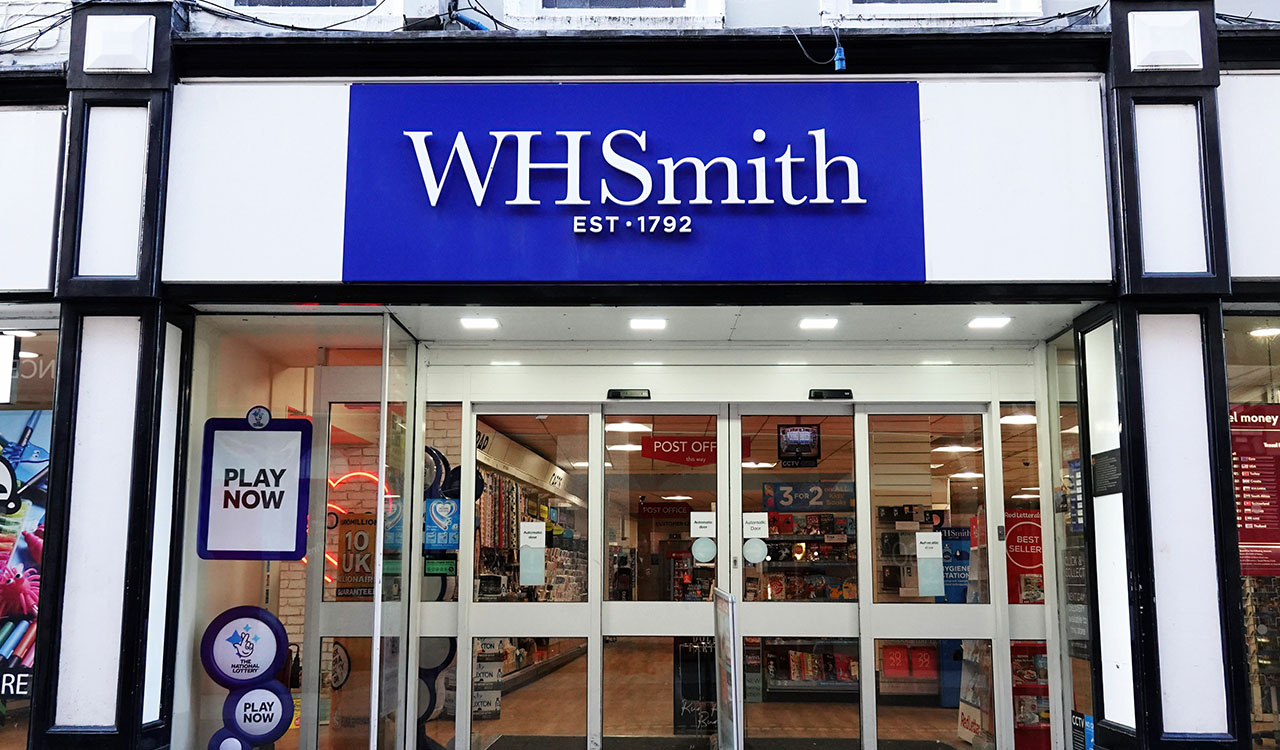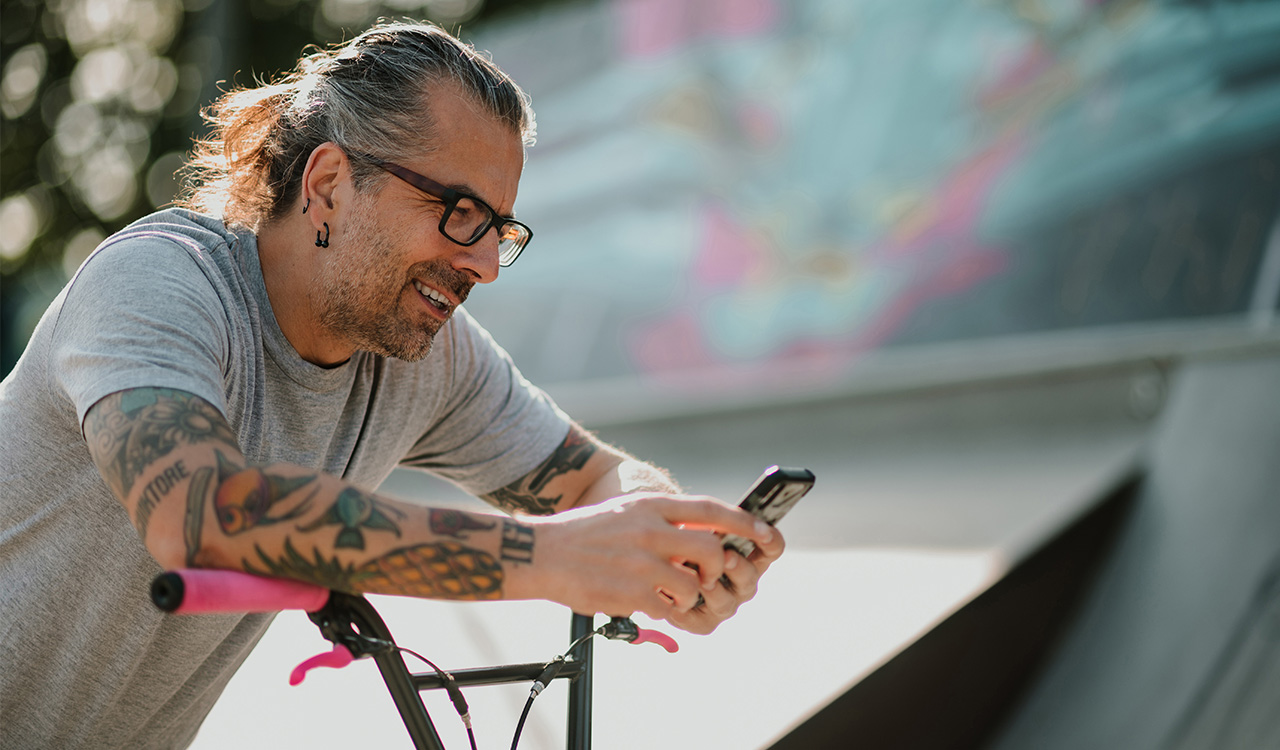At the revamped retail offer within Potsdamer Platz in Berlin, Düsseldorf-based department store chain Peek & Cloppenburg is aiming to prove that sustainability sells, debuting its P&C Conscious Fashion Store. It stocks only environmentally friendly apparel and merchandise and is probably the largest outlet globally to go fully green.
The decision to incorporate brands that are not sustainable as such, but have specific products or ranges that are, has been perhaps the most controversial element, Thimo Schwenzfeier, general sales manager, admits. However, he says the intention is not for any brand to lecture or showboat but rather to showcase selected items to prove that sustainability can sell, therefore encouraging greater adoption by all brands.
Impact Returns
The store has been designed as a work in progress for the retailer to figure out how it can incorporate sustainability within all its full-line stores around Germany. As a sustainability innovation lab, it serves as a collaborative platform for information exchange and the development of sustainable concepts and services to extend product lifecycles. With an understanding that sustainability is more than a headline, it is also expected to perform on the bottom line.
The store is an anchor in Brookfield Properties’ revamped mall, The Playce and is spread over around 32,000 square feet across three sales floors. The concept is to offer eco-conscious fashion collections as well as a range of sustainable brands. The assortment has been curated according to social, environmental and toxicological metrics and includes new brands plus capsules from mainstream brands that have an environmentally friendly selection within their broader assortments.
Situated on the ground level with two basement levels, the store showcases new and hot products, has a repair shop and a recycled and re-use area, plus spaces that can be converted into event spaces or used for workshops and tutorials.
Architecture of Omission
The store is designed according to an ethos to reduce its environmental impact, according to criteria that Peek & Cloppenburg calls the ‘architecture of omission.’ This matrix means that any element not considered essential, such as ceiling panels, wall suspensions and floor coverings, have been omitted. Moreover, fixtures use Made in Europe sustainable materials wherever possible, the furniture is a reduced, flexible, durable modular design, and digital signage can be changed as branding positions change.
“The Conscious Fashion Store is intended to inspire and provide impetus,” says Thimo Schwenzfeier, general sales manager responsible for the store and the spearhead for the new approach at what has been a typically conservative retailer. Peek & Cloppenburg is no obvious eco-warrior and this store, open a year now within a wider scheme where stores have been opening steadily, is a radical departure for the business.
“We want to appeal to people who are already interested in buying more sustainable fashion, as well as reach a broader mass consumer and get them excited about this topic. That’s why we decided to open in Potsdamer Platz in Berlin, a central location where both residents and tourists can drop by and discover our store,” Schwenzfeier says.
In order to extend the lifecycle of goods, customers can have their garments repaired in an open workshop, and can also have them restyled and upgraded by professionals on-site, customized by embroidery or printing by specially-trained staff. With this concept, Peek & Cloppenburg wants to encourage its customers to be more conscious about their apparel and to give new life to their favorite pieces. “Walk-ups in store can go to the repair shop and have their garment fixed in somewhere between 40 to 60 minutes,” he adds. “It also adds some theater to the store, why hide something like this away when it can add animation to the store?”
Financing Conscious Fashion Stores
Getting the green light for the project wasn’t easy; the retail board had to be convinced of the viability of the project and also that it could prove a useful testing ground for sustainability-based merchandise within its regular stores.
“Our focus is on fair fashion and we feature capsules from other brands,” says Schwenzfeier. “The aim for this, as a standalone store, is to be profitable and to create a more experimental and eco-conscious offer, because the concept has to survive in the commercial world. Sustainable brands have to be able to compete in the fashion market.”
The decision to incorporate brands that are not sustainable as such, but have specific products or ranges that are, has been perhaps the most controversial element, he admits. However, he says the intention is not for any brand to lecture or showboat but rather to showcase selected items to prove that sustainability can sell, therefore encouraging greater adoption by all brands.
“It’s important that we attract the general population in the area and encourage them to explore. We also want to appeal to conscious shoppers and Berlin is an obvious location because it has a large population who call themselves conscious fashion shoppers. But it is with shoppers who want to be active that we see the most potential and we still need to raise awareness,” he adds.
“We also want to attract traditional Peek & Cloppenburg shoppers whom we want to encourage the adoption of sustainability. One of our other Berlin stores is in Mall of Berlin, which is just a short walk away, so we have to offer something different here that is also appealing.”
Tourists are another strong source of customers but he says they can be difficult to reach and it is also difficult to know what they might want. “We’re still in the learning phase. Collaborations, working with brands, workshops, they are all playing a part in what we are offering here, trying to build a community of eco-conscious shoppers and creators,” he says. “We want to showcase opportunities, and strategic possibilities.”
The Playce
The anchor store is joined by the themed Upside Down Museum and an upcoming Mattel store at the other end of what is effectively a gallery space at the heart of the much larger mixed-use development.
U.S. investment giant and mall market powerhouse Brookfield Property Partners paid nearly $1.4 billion for the majority stake of the development at Berlin’s famous Potsdamer Platz in 2016. An area with a storied history, it was the thriving city heartbeat in the 1920s but was later divided by the infamous Berlin Wall until it fell in 1989. The area was then reinvented in a scheme driven by the head of Germany’s automotive giant Daimler, to create a city center.
The sprawling estate of 17 buildings totaling 2.9 million square feet encompasses 446,000 square feet of retail, plus 493,000 square feet of leisure including two hotels and when acquired by Brookfield in 2016 was half-empty, having never quite captured the notoriously-hard-to-please Berliners. The mall was tired and in too close of proximity to larger malls; there were 69 malls in the city when Brookfield bought the scheme and 72 now, including the much larger Mall of Berlin just a five-minute walk away. Brookfield’s intention was to differentiate, not compete. Much has also been done to improve the public area closing off some streets to create walkways and introducing more bars, cafés and retailers.
But the most obvious change is the nearly $200 million spent on the Arkaden shopping center, now rebranded The Playce. Numerous escalators between the ground and upper floors were removed to clear the central internal passageway and convert the environment into something more akin to a modern-day arcade.
Will Green Sell?
Schwenzfeier admits that the retailer needs to do more work to ensure that Berliners know the store is there and just what it offers. That should be helped by the mall which has gradually been adding retail and leisure units and is now close to full occupancy.
So around 18 months in, the store is testing the concept and the contention that an eco-conscious fashion store can be profitable in its own right. Whether Peek & Cloppenburg then rolls out more conscious fashion stores or, more likely, embeds the concept within its existing stores remains to be seen. Schwenzfeier is an infectious enthusiast, and his job is to get Berliners engaged to convince his board that this is the right direction.





